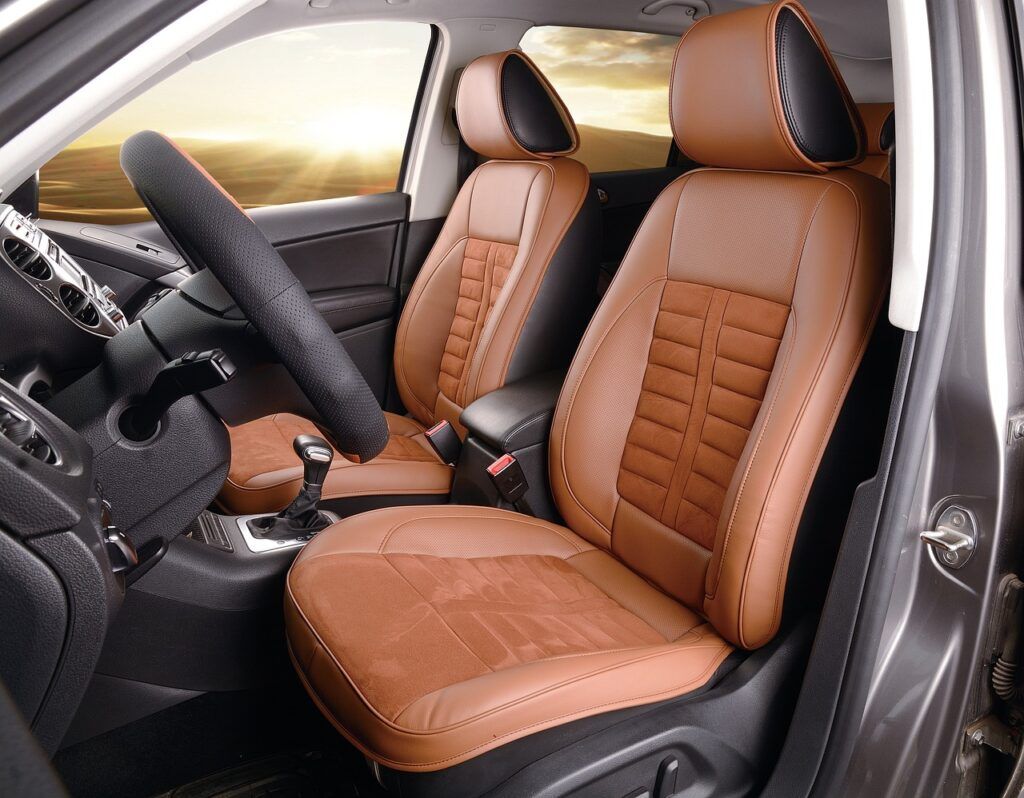
The American love affair with cars is a timeless romance, one that often deepens as we move into our retirement years. With busy schedules behind us, retirement often presents the perfect opportunity to truly cherish and care for our vehicles, transforming what was once a chore into a rewarding hobby. Keeping your car clean isn’t just about aesthetics; it’s a crucial component of regular maintenance that prolongs its life, preserves its value, and ensures every drive is a pleasure, even for older models that require a bit more attention.
This comprehensive guide is designed specifically for those in their retirement years who wish to master the art of car care, bringing a showroom-worthy shine to their beloved vehicle without the constant expense of professional services. We’ve gathered insights from industry professionals and seasoned detailers, distilling their wisdom into practical, actionable advice. From understanding the foundational principles of car cleanliness to assembling your essential toolkit and adopting professional techniques, we’ll equip you with everything you need to keep your car looking its absolute best for miles to come.
Prepare to embark on a journey that will not only educate you on maintaining a pristine vehicle but also empower you to tackle common challenges with confidence. We’ll delve into fundamental practices, explain the rationale behind them, and introduce you to high-quality products and methods that deliver professional results. Let’s get ready to make your car shine like a dream, reflecting the care and attention it truly deserves for years to come.
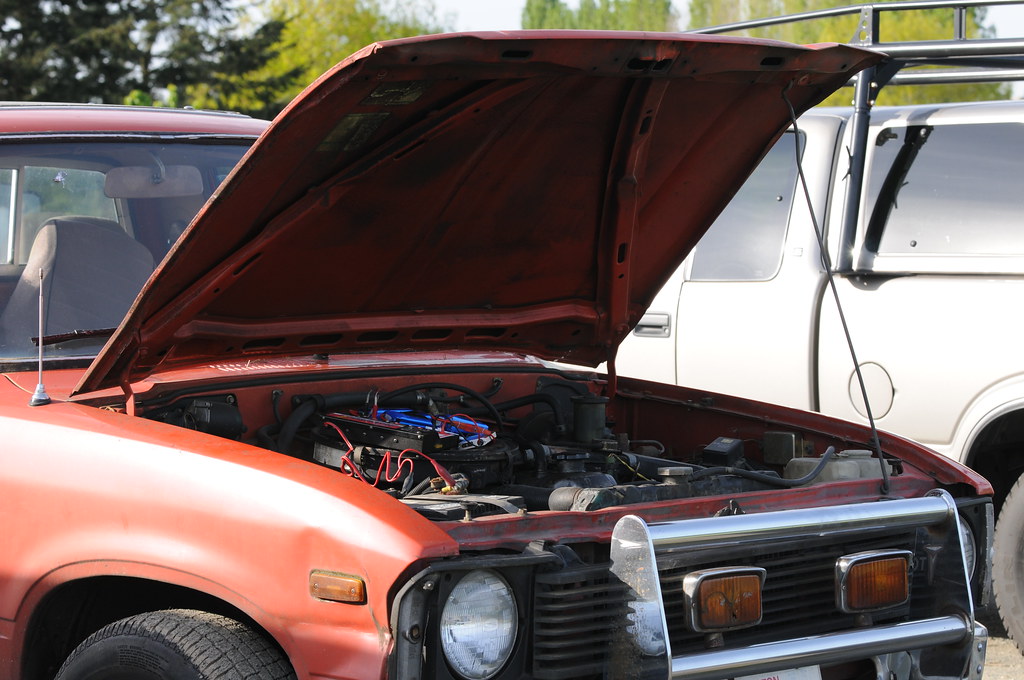
1. **Maintenance Matters: The Foundation of a Clean Car**
Keeping your car impeccably clean transcends mere aesthetics; it is an indispensable part of your vehicle’s regular maintenance schedule. Many might overlook this, assuming cleanliness is superficial, but as Larry Kosilla, founder of Ammo Auto Care, notes, “If you actually look it up in your owner’s manual, they tell you that you need to do it.” This fundamental truth underscores that a clean car is a well-maintained car, impacting its longevity and performance.
Beyond visual appeal, consistent cleaning protects your vehicle’s paint and body from insidious corrosion, a particularly critical concern for older cars. Regular cleaning ensures that drainage tubes on the car’s exterior remain clear, preventing water from backing up and causing damage to internal systems or the car’s structure. Kosilla draws a vivid parallel, explaining, “Just like in your house, you have drainage from your gutters, but if the drains are clogged, it either goes back up into the roof or it goes down the wall,” highlighting preventable damage.
A consistent routine is paramount. Kosilla advocates for cleaning your car every other week to remove accumulated dirt, grime, and environmental contaminants before they can cause long-term damage. He further advises a full, comprehensive detailing at least twice a year, ensuring a deep clean and protective treatment. This approach mitigates the effects of daily use and exposure, safeguarding your vehicle’s structural integrity and ultimately preserving its value, transforming car care into a fulfilling part of your retirement routine.
Read more about: Your Ultimate Checklist: 15 Essential Questions for a Smooth Family RV Trip Rental
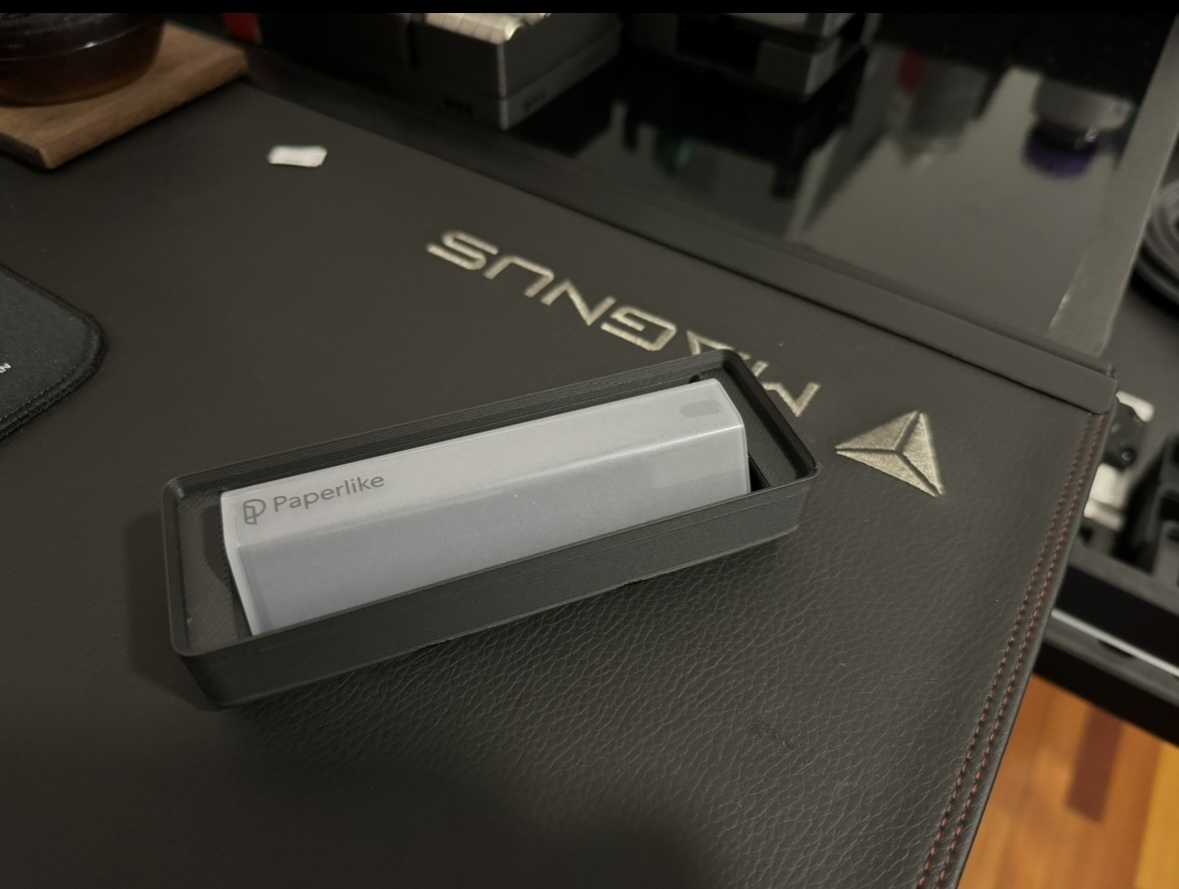
2. **Curate a Professional-Grade Cleaning Kit**
To achieve truly professional results and make your car cleaning routine efficient and enjoyable, investing in the proper tools is a non-negotiable step. Assembling a dedicated cleaning kit tailored for automotive use will significantly enhance your efforts and prove cost-effective over time. Jessica Tran, owner of Studio 94, advises, “You should really get good tools for about 200 bucks, and that should last you 20 of your own washes,” emphasizing the excellent return on investment.
A well-equipped kit typically includes essentials like “a little cheap electric pressure washer, some buckets and brushes, [and] some good microfiber towels.” These core items form the backbone of an effective cleaning arsenal, allowing you to tackle dirt and grime with greater efficacy. The right tools not only make the job easier but also prevent damage, ensuring that your cleaning efforts actually improve your car’s condition.
When selecting products, consult reputable testers such as Car and Driver or Good Housekeeping. Carolyn Forté of the Good Housekeeping Institute offers a crucial distinction: “surfaces in your car may be exposed to greater extremes of heat and cold than similar materials in your home.” Therefore, “you may need products specifically tailored to a car because they do at many times provide advantages like UV protection and other ingredients to help guard against fading or cracking or drying out of different car materials.” Choosing automotive-specific cleaners and protectants is vital for maintaining integrity and appearance under harsh conditions.
Read more about: Mastering Truck Bed Hole Repair: Your Comprehensive Guide to Tackling Rust and Damage Like a Pro
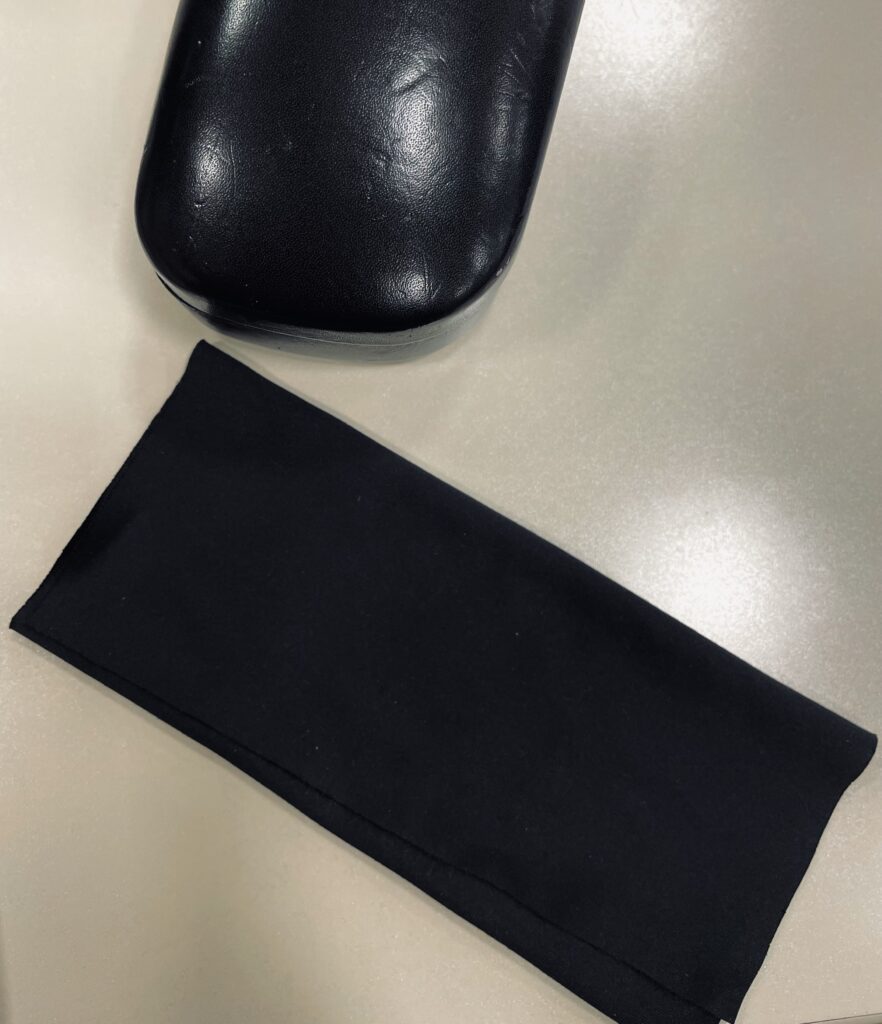
3. **Mastering Microfiber: The Ultimate Cleaning Companion**
The evolution of car care has brought forth superior tools, none more transformative than microfiber towels. It’s time to retire traditional wash mitts, sponges, and chamois cloths. Jessica Tran powerfully debunks their effectiveness, stating, “Sponges hold a whole lot of dirt. And people aren’t really throwing sponges into the washing machine.” This neglect allows them to accumulate dust and grit, which, when reused, become abrasive.
The inherent design of sponges and chamois exacerbates this problem. As Tran explains, “because it’s a flat surface, the dirt will sit on the surface of the sponge, and the next time you wash your car, it’ll end up scratching it. Same thing for the chamois.” This critical flaw means that with every swipe, you’re essentially rubbing abrasive particles directly onto your car’s delicate paintwork, creating swirl marks and micro-scratches.
In stark contrast, microfiber towels offer a safer and far more effective alternative. “Microfiber is the safer choice because all the dirt can be entrapped within the long fibers of the microfiber” and lifted away from your paint, Tran clarifies. These engineered fibers capture and hold dirt securely, preventing damage. Furthermore, “Microfiber is also machine-washable, so you can get rid of all the previous wash residue before you start on the next one,” ensuring each session begins with a fresh, contaminant-free towel. Given the volume needed, “buy them in large quantities.” Detailer’s Preference, Amazon Basics, and Meguiar’s offer excellent options.

4. **The Two-Bucket Method & Grit Guards: Safeguarding Your Paint**
One of the most fundamental yet impactful techniques for protecting your car’s paint from swirl marks and scratches is the two-bucket method. This approach dramatically reduces the risk of reintroducing abrasive dirt back onto your vehicle during the wash process. Instead of a single bucket, you employ two distinct buckets, each serving a crucial purpose in maintaining pristine washing conditions.
The first bucket is dedicated solely to your soapy water solution. This is where you’ll load your clean microfiber wash mitt with suds to gently cleanse surfaces. The second bucket, the rinse bucket, contains only clean water. After cleaning a section, you’ll thoroughly rinse your wash mitt in this clean water, flushing out the dirt and grime it has picked up, before dipping it back into the soapy bucket. This systematic rinsing ensures that the dirt stays in the rinse bucket, preventing its transfer back to your car’s paint.
To further enhance the effectiveness of the two-bucket method, incorporating a grit guard is an indispensable step, especially in the rinse bucket. A grit guard is a plastic insert with a radial grid surface that sits at the bottom of your bucket. As you rinse your wash mitt, gently rub it against the grit guard to dislodge trapped dirt and grit from the fibers, allowing these particles to settle beneath the guard. This innovation ensures heavy dirt remains trapped, unable to re-contaminate your mitt. This simple, affordable addition significantly improves cleaning efficacy, making a profound difference in maintaining a scratch-free surface.
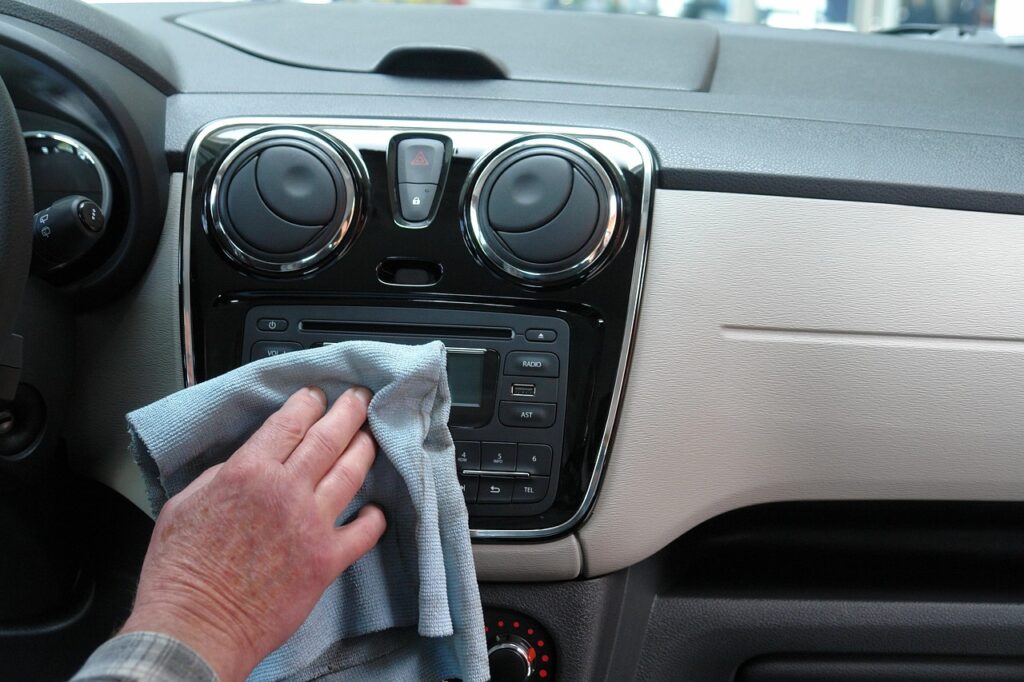
5. **Color-Coding Your Towels: A Professional Approach to Cleanliness**”
Taking your car cleaning routine to a truly professional level involves a strategic practice: color-coding your microfiber towels for specific tasks. This seemingly minor detail is, in fact, a crucial hack employed by industry experts to prevent cross-contamination and safeguard your car’s most delicate surfaces. Larry Kosilla, a trusted voice in auto care, strongly advises this approach, emphasizing that “You really want to separate them.”
The rationale behind color-coding is simple yet highly effective: it ensures that towels used for the dirtiest, grittiest areas of your vehicle never come into contact with more sensitive, easily damaged surfaces. The filth from wheels, tires, and lower door jambs is entirely different from light dust on paintwork or dashboards. Mixing these towels dramatically increases the risk of inadvertently dragging harmful debris across vulnerable finishes, inflicting swirl marks or scratches.
Kosilla himself practices this, recommending “lighter towels for more sensitive areas, and darker ones for the filthier regions.” This visual cue acts as an instant reminder, preventing accidental misuse. By dedicating specific colors to different zones—for example, light blue for glass, yellow for paintwork, gray for interior surfaces, and dark colors for wheels—you establish a disciplined cleaning protocol. This not only minimizes damage but also streamlines your workflow, making each step of your car care routine more efficient and effective, contributing positively to your vehicle’s long-term appearance.

6. **Cleaning in All Weather: Don’t Let the Elements Win**
It’s common to clean our cars when the weather is pleasant, but this overlooks a critical truth: your car accumulates the most dirt and experiences the greatest exposure to corrosive elements during rain, snow, or icy conditions. This is a crucial point for long-term car maintenance, especially in retirement when preserving your vehicle is a priority.
When driving in inclement weather, your car is constantly subjected to road muck, salt, and chemical contaminants. Even seemingly pure rainwater deposits debris from the atmosphere. These substances are not just unpleasing; they are highly corrosive, accelerating rust, degrading paint finishes, and damaging components if left to linger.
Larry Kosilla succinctly captures this paradox: “The irony is, the time you should be washing more regularly is in wintertime, and people don’t do that.” While less appealing, washing after exposure to salt or heavy rain is a proactive defense against damaging environmental factors. This diligence ensures your vehicle’s exterior remains robust and protected, prolonging its life and maintaining its gleam through all seasons.
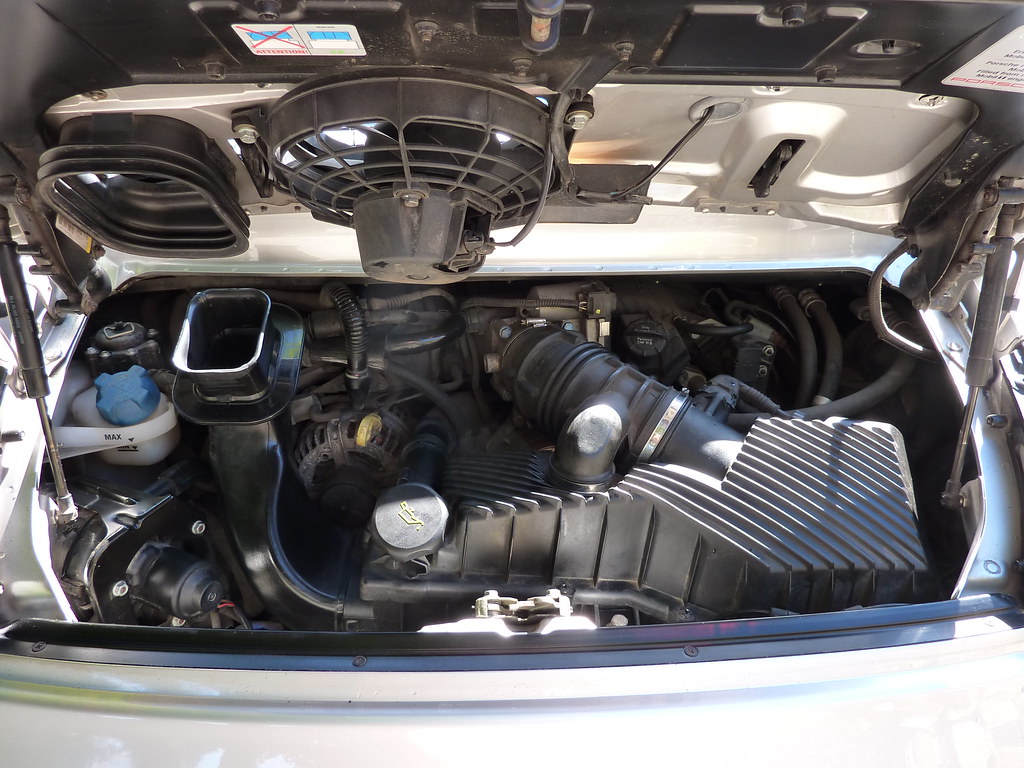
7. **Protecting Yourself: Safety First in Your Cleaning Routine**
While car cleaning focuses on the vehicle, an equally important aspect, often overlooked, is your personal safety. Engaging with various chemical cleansers necessitates precautions to protect your skin, eyes, and respiratory system. For those enjoying retirement, ensuring safety means you can continue this rewarding hobby without unnecessary risks.
Larry Kosilla strongly advocates for simple yet effective protective measures. He recommends wearing “nitrile chemical resistant gloves” to shield hands from direct contact with cleaning agents, as many can be drying or irritating. Gloves provide an essential barrier, allowing you to work confidently.
Equally vital is eye protection. Splashes from pressure washers, solutions, or dirty water pose a serious risk. Kosilla advises “protective eyewear,” such as safety glasses, to prevent matter from entering your eyes. Furthermore, he suggests wearing “a hat to keep hair out of the cleaning process.” By integrating these basic safety measures, your car cleaning sessions remain pleasant and risk-free, letting you focus on transforming your vehicle without compromising your well-being.
Mastering the Details: Advanced Cleaning, Protection, and Problem-Solving Strategies for a Showroom Finish
Having established the essential groundwork for car cleanliness, our journey now pivots to mastering the intricacies of detailing, focusing on the often-neglected interior and advanced problem-solving techniques. This section will equip you with the knowledge to tackle specific challenges, ensuring your vehicle’s cabin maintains a pristine, like-new feel and appearance, a truly rewarding aspect of car care in your retirement years.
Read more about: Unlock Significant Savings: 15 Simple DIY Car Fixes That Shield You from Costly Repair Bills

8. **Focus on Touch Points for Interior Hygiene**
When embarking on your car’s interior cleaning journey, a strategic starting point can dramatically improve your results and overall hygiene. It stands to reason that the surfaces you engage with most frequently will inevitably be the dirtiest, and often the most germ-ridden, areas within your vehicle. Consider your steering wheel, the transmission shifter, and the interior door handles—these are constant points of contact, accumulating everything from skin oils to external debris.
Start with these critical touch points, as they are not merely susceptible to visible grime but can also host a significant concentration of bacteria. Industry experts and health studies have frequently highlighted that these areas can be as germy, if not more so, than public toilet seats, making their thorough sanitization paramount. This insight transforms cleaning from a simple tidy-up to an essential health and maintenance task, especially vital for retirees who value a pristine environment.
To effectively tackle these zones, select an automotive-specific interior cleaner. Spray your chosen cleaner onto a clean microfiber towel, rather than directly onto the surface, to control application and prevent oversaturation. With your prepared microfiber towel, meticulously wipe down the steering wheel, gear selector, and all door handles, ensuring these high-frequency touch points are not only visibly clean but also sanitized, contributing significantly to a healthier and more enjoyable driving experience.
Read more about: 15 Cutting-Edge Ways Automakers Are Weaving Recycled Materials into the Cars of Tomorrow
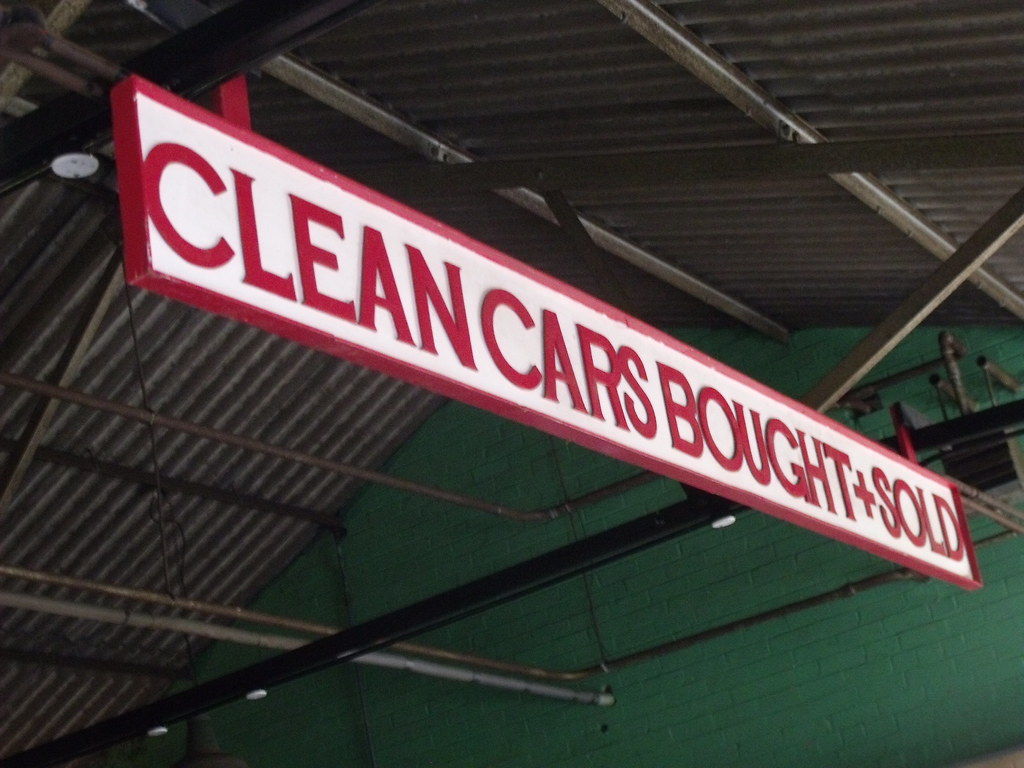
9. **Start Smart with Your Cleaning Sequence**
Many car owners instinctively begin their cleaning regimen with the exterior, driven by the immediate gratification of a shiny finish. However, this common approach may inadvertently create more work and potentially compromise your overall cleaning results. Professional detailers often advocate for a different sequence, one that prioritizes efficiency and prevents re-contamination, especially crucial for those who prefer to complete a thorough clean in one session.
Jessica Tran, a seasoned car care expert, provides a compelling reason for this altered strategy. She explains, “If you do the outside first, you’re going to have a muddy area around the car, and you’re going to track all of that into the inside of the car” when you eventually move to the interior. Conversely, delaying the interior clean until after the exterior is spotless also presents its own set of challenges, risking the introduction of dust from floor mats to the just-cleaned exterior.
To avoid this cycle of re-contamination, the most logical and effective approach is to begin your comprehensive car cleaning with the interior. By addressing the interior first, you can meticulously vacuum, wipe, and detail without concern for tracking outside grime in. Once the interior is spotless, you can then proceed to the exterior, confident that your efforts will not be undermined by dust or debris from within the cabin, ensuring a truly pristine finish from bumper to bumper.
Read more about: Beyond the Showroom Shine: 12 Critical Factors Dulling Your Car’s Finish and How to Combat Them
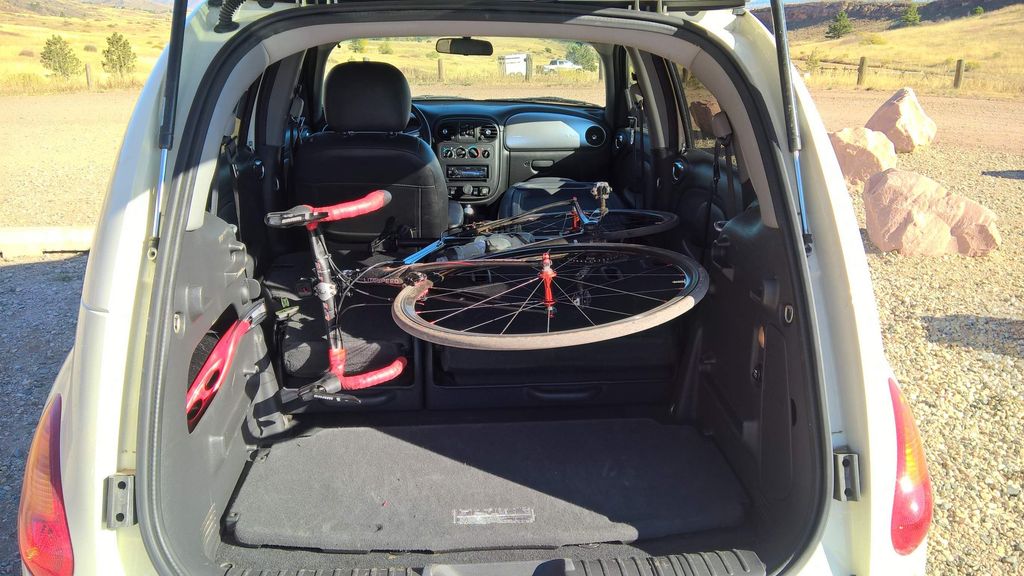
10. **Get the Full Picture: Comprehensive Interior Prep**
Before diving into the nitty-gritty of interior detailing, a critical preparatory step often overlooked is to gain a complete understanding of your vehicle’s current state. This involves more than just a quick glance; it requires a systematic removal of all loose items and a deliberate assessment of the interior landscape. Such an organized approach is the hallmark of professional detailing, setting the stage for a truly deep and effective clean.
Larry Kosilla advises a comprehensive initial survey, recommending opening “the front and back doors and the hatch,” allowing you to fully access and view the entire interior space. As you systematically remove every item—from personal belongings to forgotten odds and ends—you are simultaneously “assessing the interior, looking at everything you’re pulling out.” This initial reconnaissance helps identify problem areas and plan your cleaning strategy.
Practicality dictates having “a garbage can nearby” during this decluttering phase, encouraging immediate disposal of trash. This is also the opportune moment to address your floor mats, which should be removed and taken “some distance away to wash them without splashing back on the car’s interior or exterior.” This meticulous preparation, though seemingly simple, is fundamental to achieving professional-grade results, streamlining subsequent cleaning steps for a thoroughly refreshed interior.
Read more about: Unleashing Your Inner Foodie: Yelp’s Top 14 All-You-Can-Eat Restaurants, State by State
11. **Check Under the Seats: Eliminating Hidden Problems**
While visible surfaces receive most of our cleaning attention, some of the most persistent and problematic issues in a car’s interior often lurk in unseen spaces. These hidden nooks and crannies, particularly beneath the seats, can become repositories for forgotten food, debris, and moisture, evolving into sources of unpleasant odors and even attracting unwanted pests. Addressing these concealed areas is crucial for a truly comprehensive and effective clean.
Larry Kosilla highlights the importance of these often-neglected zones, pointing out that “the hidden areas of your car’s interior are likely to be the source of unappealing odors or other problems, such as attracting bugs or rodents.” For older cars, where maintenance might have been less consistent, or simply over years of use, these spots can become significant concerns, impacting both the car’s smell and its hygienic integrity.
To properly tackle these problematic areas, Kosilla offers a straightforward, actionable strategy: initiating your cleaning routine by “sliding the front seats all the way forward on their tracks.” This simple maneuver creates ample access, allowing you to thoroughly “check from the back seat to see what is under there.” Once exposed, these areas can be vacuumed and cleaned, a proactive approach that contributes significantly to the overall freshness, cleanliness, and long-term preservation of your car’s interior.
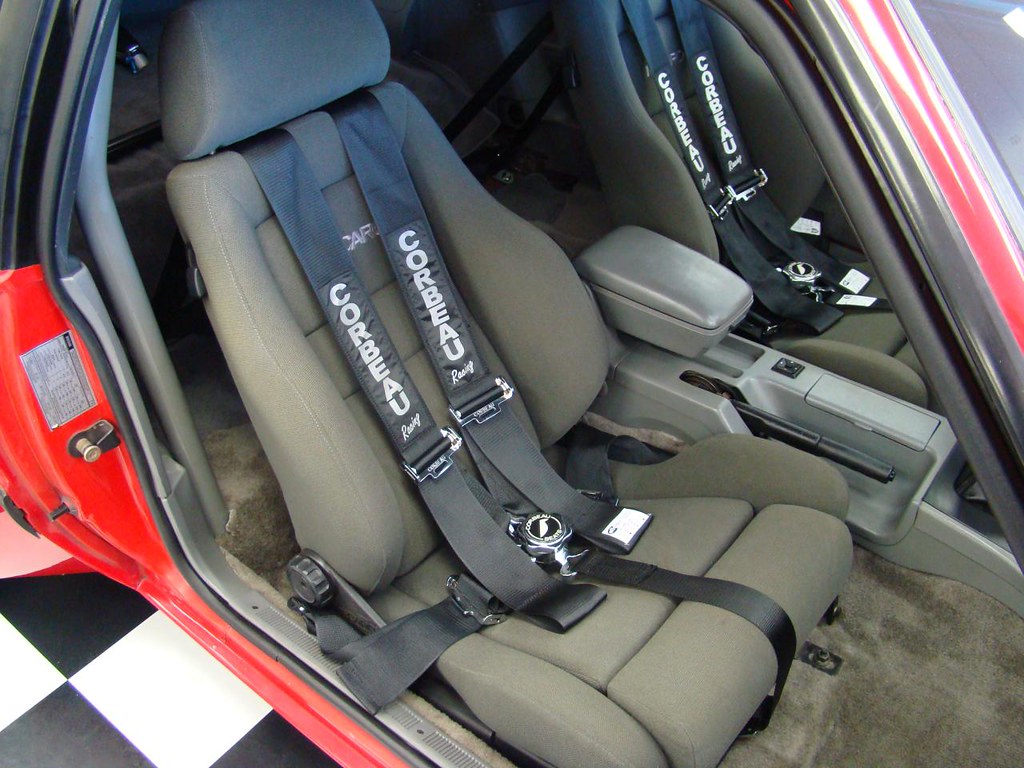
12. **Don’t Be a Drag: Navigating Your Car’s Interior Smartly**
Efficiency and prevention of re-contamination are cornerstones of a truly effective car cleaning process. A common mistake that can undermine your hard work and create additional chores is the improper movement of tools and even yourself within the vehicle’s confined space. Understanding how to navigate the interior during cleaning can save significant time and effort, ensuring a more professional and less frustrating experience.
Larry Kosilla, a detailer known for his meticulous methods, emphasizes a crucial rule: “You should never drag across the car going from the driver’s side to the passenger side” when handling cleaning equipment or moving within the cabin. This applies to vacuum nozzles, hoses, cleaning towels, and even your own body as you transition. The reason for this strict advice is straightforward: “this is what people do, and things get wet or messy, dragged across the carpet or the seats. Now you have extra work to do,” diminishing your progress.
Instead, adopt the professional habit of moving *around* the vehicle rather than *across* it. If you need to clean the passenger side after working on the driver’s side, exit the car and re-enter on the opposite side. Similarly, route hoses and cords around the exterior of the vehicle, not through the interior. This disciplined approach minimizes the risk of inadvertently smudging, wetting, or re-dirtying already cleaned surfaces, ensuring your efforts are productive and lead to a consistently pristine finish.
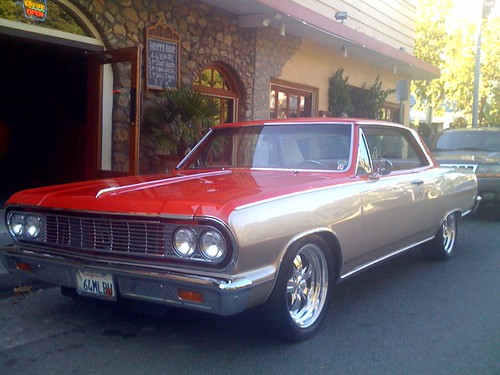
13. **Steam Your Way Out of a Mess: Tackling Tough Interior Stains**
Certain interior messes present unique challenges that go beyond the capabilities of standard vacuuming or wiping. Stubborn residues like melted gum and gummy candies, along with the persistent odors from forgotten milk or ice cream spills, can seem almost impossible to eradicate from your car’s upholstery and carpets. Fortunately, a powerful and often underutilized tool from your household arsenal can come to the rescue, offering a chemical-free solution.
Jessica Tran, an expert in car care, champions the use of a common household appliance for these intractable problems: a steamer. She explains that “If you have access to a steamer, it’s fantastic for odors and it’s fantastic for melted gummy candies, melted gum typically.” The high temperature of steam is remarkably effective at breaking down the bonds of sticky substances and neutralizing odor-causing bacteria, making it an invaluable asset for deep interior cleaning.
The process is remarkably simple yet highly effective. For melted gum or candy, Tran describes her method: “I steam the area and slowly lift [the problem material] up, and then we can pull it off and wipe it up with a towel.” The gentle heat from the steam softens the hardened residue, making it pliable and much easier to separate from fabric or carpet fibers without resorting to harsh scraping or aggressive chemical treatments. This versatile tool offers a non-toxic, highly efficient method for addressing tough interior cleaning challenges.
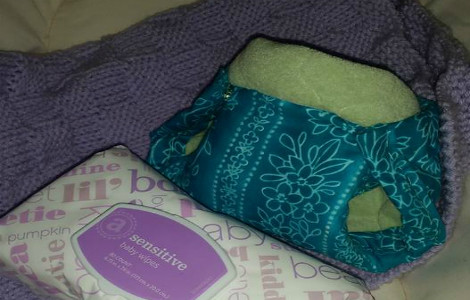
14. **Nix the Disposable Wipes: Opting for Professional-Grade Interior Care**
In the pursuit of a pristine car interior, convenience often tempts us toward single-use disposable wipes. While these might seem like a quick fix, professional detailers often advise against their regular use. The perceived ease of these products can mask underlying issues that could potentially compromise the longevity and appearance of your vehicle’s delicate interior surfaces, a critical point for maintaining an older car’s value.
Jessica Tran, a professional car care expert, strongly cautions against these wipes, explaining that the chemical saturation can be inconsistent and often “soaked,” containing “far more product than you need.” She provides a vivid example: “if you have a leather interior, leather absorbs water like crazy.” Excessive product can cause the leather to “swell,” and because it’s an organic material, “once it swells, it’s not coming back,” resulting in irreversible damage and a “weird poofy spot on your seat.”
As a superior alternative, Tran advocates for a general purpose all-in-one interior detailing spray, ideally one that includes ultraviolet (UV) protection, paired with a high-quality microfiber towel. Crucially, she emphasizes the correct application technique: “Spray onto the towel, and then take that and wipe the surface.” This method avoids overspraying, which can lead to uneven distribution or excessive product, mirroring the problem of saturated wipes.
This controlled application ensures precise and uniform cleaning, minimizing the risk of damage. Products like those from Larry Kosilla’s company, Ammo (including specialized sprays for leather, plastic and vinyl), along with offerings from Meguiar’s and Chemical Guys, are recommended for their effectiveness. By opting for sprays and microfiber over disposable wipes, you embrace a professional method that safeguards your car’s interior, maintaining its showroom appeal for years to come.
Having journeyed through the intricacies of exterior and interior car cleaning, from foundational principles to advanced problem-solving, it’s clear that maintaining a vehicle in its retirement years is a rewarding endeavor. These professional-grade strategies, far from being complex, are practical and designed for longevity. By embracing these techniques and investing in the right tools, you’re not just cleaning a car; you’re preserving a cherished asset, ensuring it continues to reflect your care and pride on every mile of your journey. A spotless vehicle is more than just a pretty sight; it’s a testament to dedicated ownership and a smart investment in your driving pleasure.

